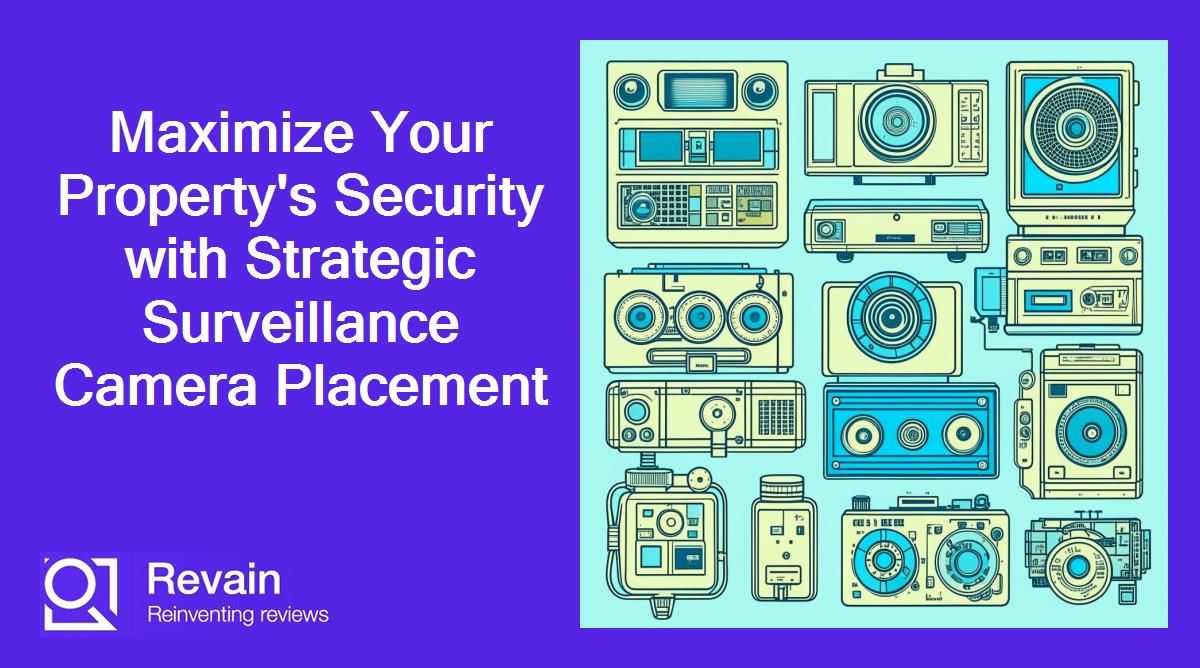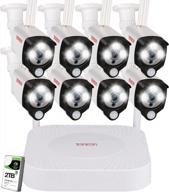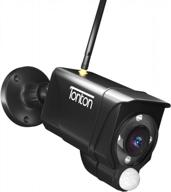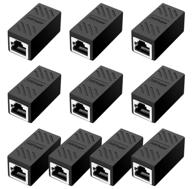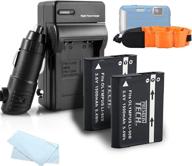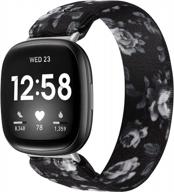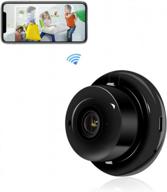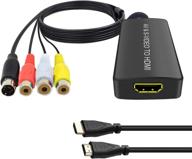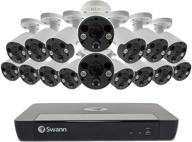Choosing the Right Surveillance Cameras for Your Needs
Installing surveillance cameras is one of the best ways to monitor your home or business premises. With the wide variety of camera types and features available, it can be tricky to select the right surveillance system to suit your specific needs.
Assess Your Surveillance Requirements
Start by thinking about your requirements and surveillance goals. Important factors to consider include:
- Indoor vs outdoor. Will you need outdoor cameras that can withstand the elements?
- Location and coverage area. Consider camera viewing angles and where blind spots may exist.
- Video quality. Higher resolution delivers better image detail.
- Night vision. Infrared cameras provide visibility in low light conditions.
- Wired vs wireless. Wired cameras provide continuous power and connectivity.
Key Camera Types
Once you've defined your needs, you can narrow down the camera options. Here are some of the most popular surveillance camera types:
| Camera Type | Description |
|---|---|
| Dome cameras | Compact hemispheric cameras ideal for discreet ceiling or wall mounting. |
| Bullet cameras | Cylindrical cameras well-suited for outdoor use. |
| PTZ cameras | Pan, tilt, zoom cameras that can be remotely controlled to track activity. |
Key Features to Look For
In addition to selecting the right camera styles, also consider these important features:
- Resolution - Higher megapixel ratings deliver clearer video footage.
- Field of View - Cameras with wider fields of view can monitor larger areas.
- Night Vision - Low light capabilities ensure visibility at night.
- Motion Detection - Receive alerts when movement is detected in the camera's field of view.
- Weatherproofing - Outdoor cameras should have waterproof, tamper-proof housings.
Top products in 🎥 Surveillance Video Equipment
Final System Considerations
To complete your surveillance system, you'll also need:
- Cabling - Choose the right cables to connect your cameras to your recording device.
- Network Video Recorder (NVR) - Records and stores footage from IP cameras.
- Video Management Software - Manage multi-camera surveillance systems.
- Monitors - View live footage from your cameras.
- Storage - Ensure you have adequate storage for recorded video.
By taking the time to properly evaluate your surveillance needs, you can select the perfect cameras and accessories for effective video monitoring and security.
Tips for Optimizing Your Video Surveillance System
Installing a video surveillance system is one thing, but optimizing it for maximum effectiveness is equally important. Follow these tips to get the most out of your investment in a surveillance camera setup.
Strategically Place Your Cameras
Carefully consider where to install cameras for the best coverage. For example:
- Outdoors - Position cameras covering entrances, driveways, parking areas, and other perimeter areas.
- Indoors - Monitor high-traffic areas like lobbies, hallways, and receiving areas.
- Point-of-sale - Keep cameras trained on cash registers to deter theft.
Avoid creating blind spots and overlap coverage areas to get multiple viewing angles.
Choose the Right Camera Types
Select camera styles suited for each location such as:
- Domes for indoor discretion.
- Bullets for outdoor ruggedness.
- PTZ cameras to track activity in broad spaces like parking lots.
Matching the right camera types to each area ensures you get usable footage.
Another interesting products
Verification is Key
Verify cameras are properly installed and configured. Physical checks are essential:
- Inspect camera mounting, housings, and cabling.
- Confirm network connectivity and remote access.
- Test motion-activated recording.
- Validate proper date/time stamps on footage.
Lighting is Crucial
Proper lighting is vital for video quality. Consider:
- Adding more lighting around exterior cameras.
- Using infrared illuminators to augment night vision cameras.
- Increasing wattage of existing lights.
- Installing vandal-resistant fixtures.
Similar products
Regular System Maintenance
Ongoing maintenance ensures optimal performance. Tasks include:
- Checking camera lenses for dirt and wiping clean as needed.
- Testing motion detection settings.
- Verifying recording schedules.
- Inspecting cabling and connections.
- Updating firmware and software.
Adequate Video Storage
Factor in video storage needs when planning your system:
- Choose a Network Video Recorder with ample storage capacity.
- Add more hard drives if needed.
- Set video retention policies to overwrite older footage.
With some strategic planning and proper implementation, your video surveillance system can effectively capture usable footage and give you peace of mind.
Top Video Surveillance Mistakes to Avoid
Installing a video surveillance system brings many benefits. But there are also pitfalls to avoid if you want your cameras to operate smoothly and deliver maximum security.
Not Planning Camera Placement
Carefully mapping out camera locations is crucial for comprehensive coverage. Avoid:
- Putting cameras in obvious, easy to access spots.
- Creating blind spots by overlooking key areas.
- Wasting camera views on low priority zones.
Take time to strategically plan camera positioning to optimize visibility.
Choosing the Wrong Cameras
Selecting inappropriate cameras for each location can hinder video quality. Don't:
- Use basic interior cameras for outdoor conditions.
- Install wide-angle cameras in narrow visibility areas.
- Position fixed cameras to monitor large, open spaces.
Carefully match the right camera types to each surveillance zone.
Neglecting Cable Runs
Sloppy cable installation can impede camera connectivity. Avoid:
- Running cables through high traffic areas.
- Concealing cables in ways that hamper access for repairs.
- Using cable types unsuited for outdoor or indoor use.
- Failing to secure cables properly.
Plan cable routes carefully for optimal organization and protection.
Limited Lighting
Poor lighting diminishes video quality, especially at night. Don't:
- Assume pre-existing lighting is adequate.
- Install cameras without verifying night vision capabilities.
- Position cameras facing away from light sources.
Provide proper indoor and outdoor illumination for the best footage.
Inadequate Maintenance
Lack of system maintenance can lead to malfunctions. Be sure to:
- Regularly check camera housing, lenses, cabling.
- Update firmware and software to stay current.
- Test motion detection settings periodically.
- Clean camera lenses when dirty.
Don't let your system fall into disrepair. Schedule regular maintenance.
Insufficient Video Storage
Limited storage capacity results in missed footage. Avoid:
- Undersizing your digital video recorder (DVR).
- Failing to add storage as more cameras are added.
- Not configuring the system to overwrite old footage.
Provide adequate storage to capture all critical video from your cameras.
Avoiding common mistakes keeps your surveillance system operating optimally 24/7.
New Innovations in Surveillance Technology
Surveillance cameras and systems are continually evolving with new innovations to enhance capabilities and uses. Here are some of the latest advancements making an impact.
Higher Resolution Sensors
Megapixel camera resolution continues to improve. For example:
- 5MP cameras capture finer details like facial features and license plates.
- 8MP cameras provide clear recognition farther away from the camera.
- 12MP 4K ultra HD resolution delivers lifelike clarity.
Higher resolution sensors enable zooming in on footage while maintaining image quality.
Enhanced Low Light Performance
Technology enhancements are optimizing night vision capabilities. Features like:
- Starlight sensors dramatically boost low light sensitivity.
- Built-in IR illumination adds light invisible to the human eye.
- Advanced noise reduction results in clearer night images.
These enhancements expand 24/7 visibility for round-the-clock surveillance.
Smarter Video Analytics
On-camera intelligence adds valuable functionality:
- Facial recognition can identify persons of interest.
- License plate recognition automatically captures plate numbers.
- Object classification identifies types of items like vehicles.
Smarter cameras mean less manual video review time.
Enhanced Durability
Outdoor cameras are built tougher to withstand diverse environments:
- Vandal resistant metal housing protects against physical damage.
- Weatherproofing keeps out dust, moisture and insects.
- Extended temperature ranges allow operation in extreme cold and heat.
Ruggedized surveillance cameras expand outdoor installation options.
Expanded Wireless Connectivity
Wireless systems provide more flexibility for camera placement:
- Long range wireless antenna systems connect cameras up to 2 miles away.
- Mesh networks allow cameras to link together for expanded coverage.
- Cellular networks enable remote connectivity anywhere with coverage.
Wireless technology allows surveillance deployments beyond wired limitations.
Cloud Capabilities
Cloud-enabled features open new possibilities like:
- Cloud storage of footage eliminates need for local NVRs.
- Cloud analytics perform video processing in the cloud.
- Cloud management enables remote system access from anywhere.
Cloud-based surveillance solutions add flexibility and accessibility.
With rapid advancements happening, surveillance technology will continue getting even more intelligent and effective.
Security Camera Placement - How to Maximize Your Coverage
The strategic placement of security cameras is crucial for ensuring complete monitoring of your property. Follow these tips to optimize your camera setup.
Conduct a Site Survey
Walk through each area and note:
- Entry/exit points like doors and windows.
- High-value assets such as safes or inventory.
- Remote or isolated areas invisible to staff.
- Existing lighting conditions and power sources.
This allows you to map out optimal camera locations.
Camera Types and Lenses
Select camera models suited for each placement:
- Wide angle for viewing larger open spaces.
- Higher megapixel for covering more area in high detail.
- Varifocal lenses to adjust field of view as needed.
The right equipment maximizes visibility for each camera position.
Overlap Coverage Areas
Overlap multiple camera views to eliminate blind spots. For example:
- Place exterior cameras to view building corners and entrances from different angles.
- Position interior cameras to provide overlapping views of hallways and corridors.
Crossover views provide more complete coverage.
Consider Camera Height
Mount cameras at optimal height for the location to enhance visibility. For instance:
- High on exterior walls or rooftops for wide area coverage.
- Ceiling mounted inside to discreetly monitor room interiors.
- Lower heights to capture faces or objects in more detail.
Point Cameras toward Light Sources
Position cameras so light sources are behind the camera. This avoids subjects being too dark or shadows obscuring views.
Highlight Key Areas
Use more cameras to provide expanded coverage of critical spots like:
- Main entrances and exits.
- Cash registers or safes.
- Server rooms or supply closets.
Extra cameras ensure complete monitoring of the most important areas.
Consider Camera Deterrent Value
Make cameras visible to serve as a deterrent to criminal activity. For example:
- Prominently display exterior cameras.
- Install interior dome cameras in plain sight.
- Post signs announcing video surveillance in progress.
Visible security cameras demonstrate constant monitoring to deter crime.
Following basic placement best practices helps maximize your camera coverage and provide complete monitoring of your premises.
Benefits Of Video Surveillance Systems For Businesses
Video surveillance systems provide businesses with numerous benefits, including:
- Increased sense of security: Video surveillance systems help deter and combat crime while securing the premises. They help track people’s presence and activity within your facility, safeguard clients, and authenticate employees while also limiting liability.
- Improved employee productivity: Employees are more likely to stay on task knowing there is a video surveillance system monitoring their activity daily. Many businesses install video surveillance systems not only to protect people from the outside breaking in but also to make sure staff are staying on task and being productive.
- Theft prevention and reduction: Placing security cameras around your business helps prevent theft and intrusions. When they are installed in the right places, they deter people from breaking in. According to a study, many small businesses lose close to $50,000 a year due to acts of violence, break-ins, and other serious crimes. Installing a video surveillance system at your establishment is extremely important to help prevent these crimes.
- Real-time monitoring: Video surveillance systems allow you to monitor your business 24/7. This can be done from a computer, cellphone, or tablet and can also be viewed remotely from anywhere in the world.
- Cost-effective and scalable: Video surveillance is cost-effective and scalable. As your business grows, adding and integrating additional cameras into an established network is easy and cost-effective.
- Record of all activity: Video surveillance protects employees indirectly by monitoring each visitor who comes into the building and keeps a video record of their activity.
- Increased profits: Video surveillance makes good business sense because often, as a business owner or leader, you can’t be in more than one place at a time. By monitoring your business, you can identify areas where you can improve workflow and increase profits.
What Are The Different Types Of Video Surveillance Systems Available For Businesses?
There are several types of video surveillance systems available for businesses. Here are some of the most common types:
- Cloud-based video surveillance systems: These systems store video footage in the cloud, allowing businesses to access it from anywhere with an internet connection.
- Edge-computing video surveillance systems: These systems process video footage on the camera itself, reducing the amount of data that needs to be transmitted and stored.
- NVR-based video surveillance systems: These systems use a network video recorder (NVR) to store video footage from IP cameras.
- Wireless video surveillance systems: These systems use wireless cameras to transmit video footage to a central location for storage and monitoring.
- Onsite monitoring video surveillance systems: These systems involve having a security team actively monitoring the video feeds from cameras on the premises.
- Recorded video video surveillance systems: These systems record video footage onsite and store it for later viewing.
- Hybrid video surveillance systems: These systems combine different types of cameras and storage methods to create a customized solution for a business's specific needs.
Each type of video surveillance system has its own advantages and drawbacks, and businesses should carefully consider their needs and budget before selecting a system.






